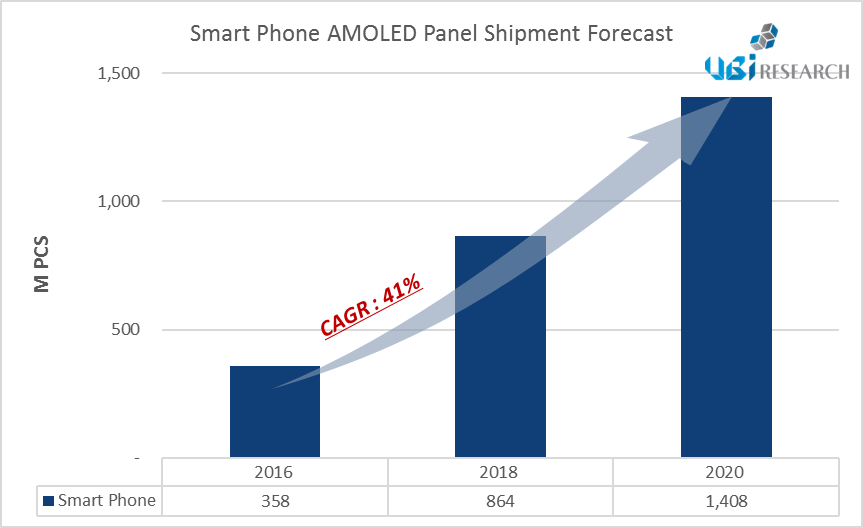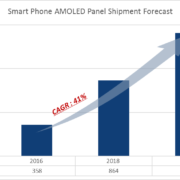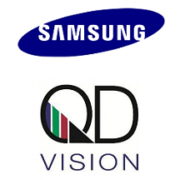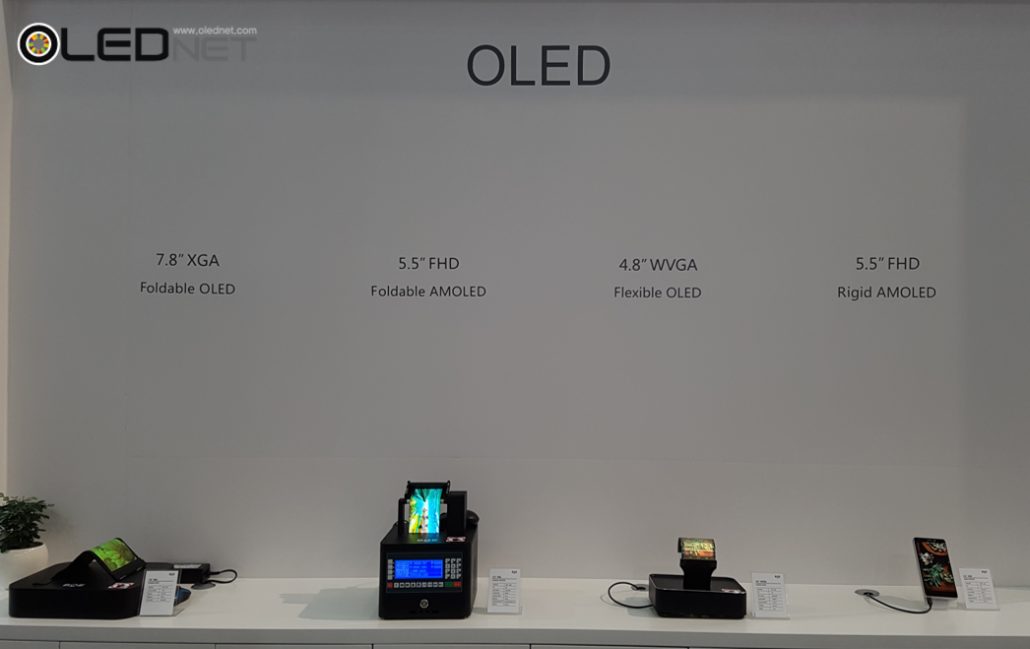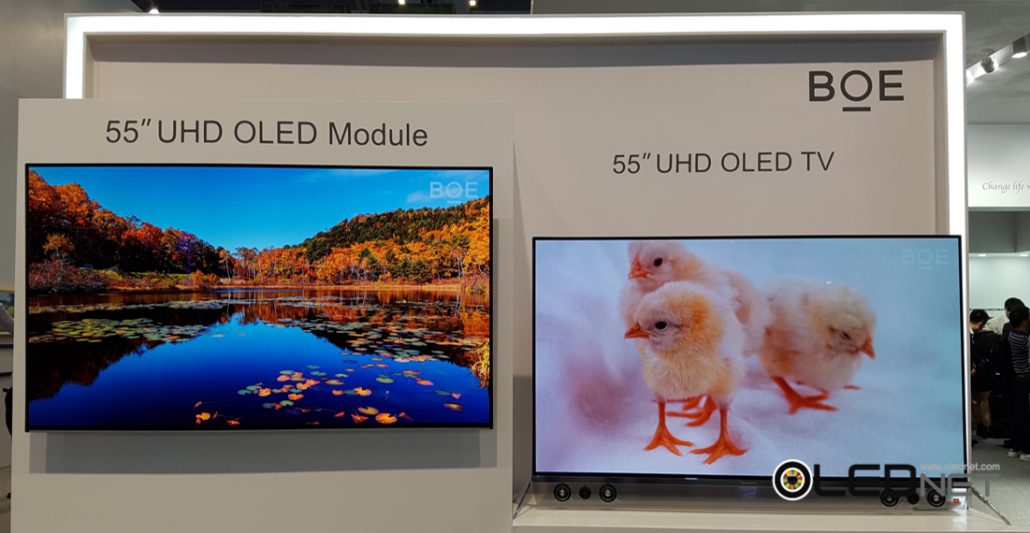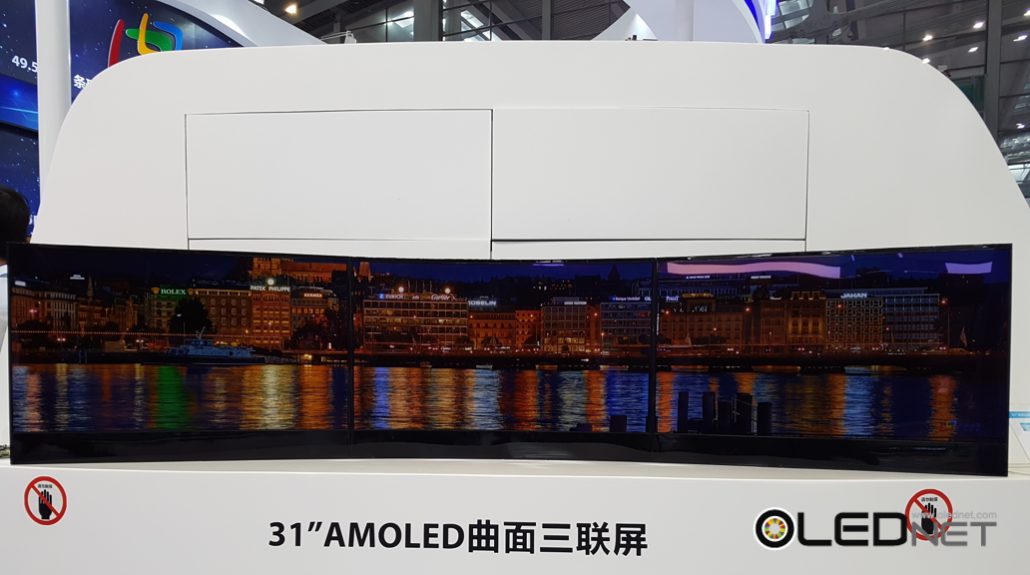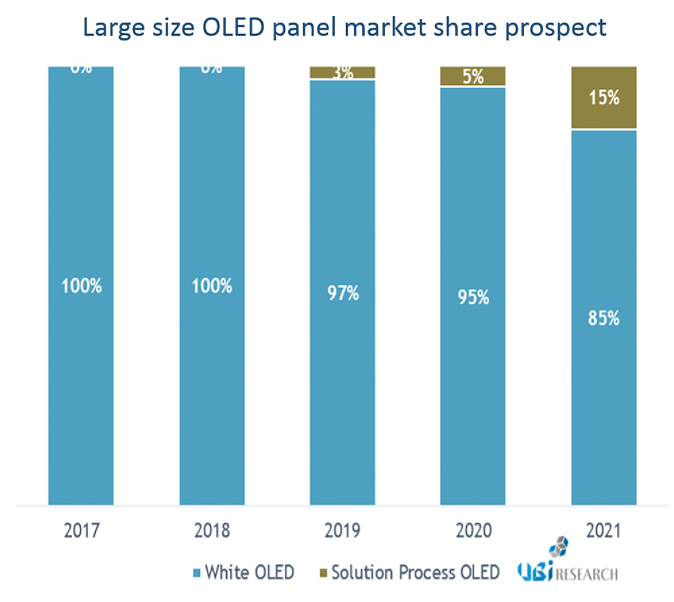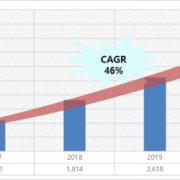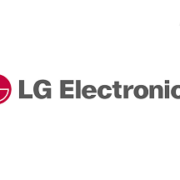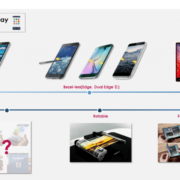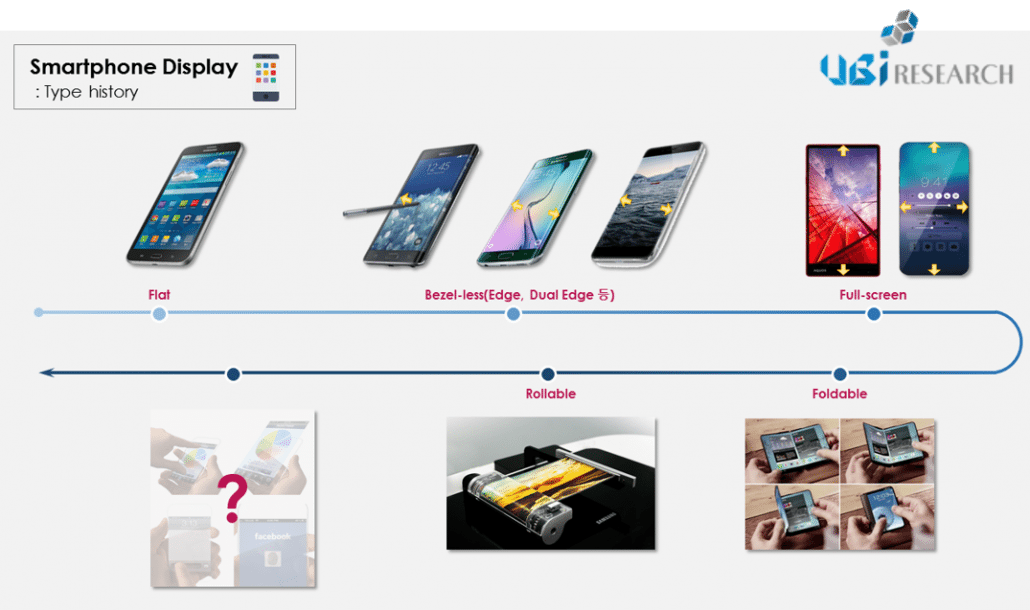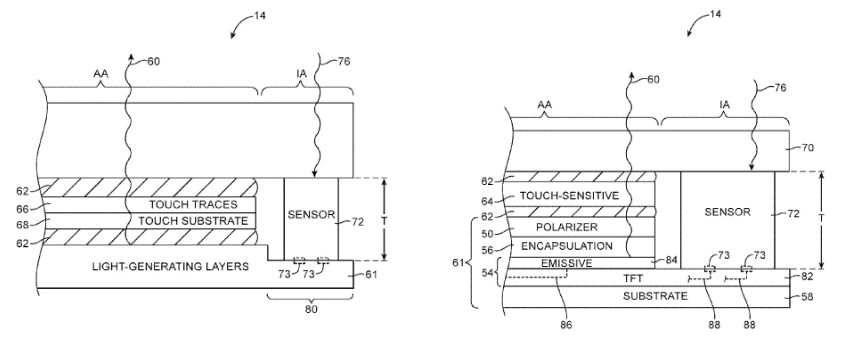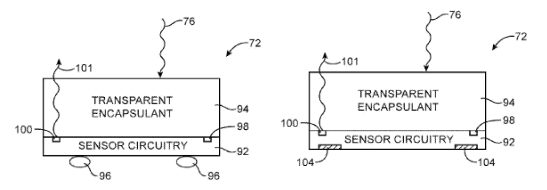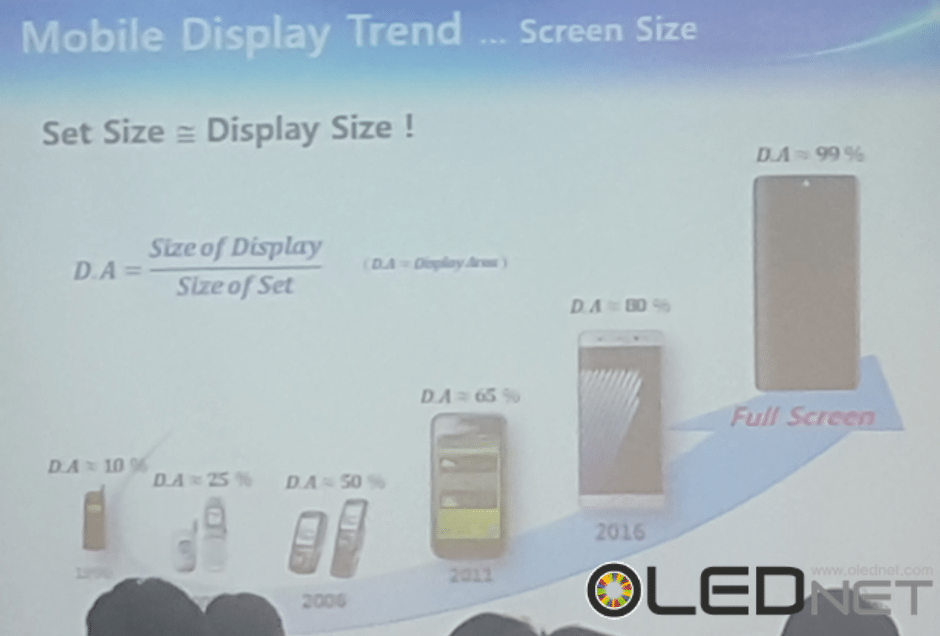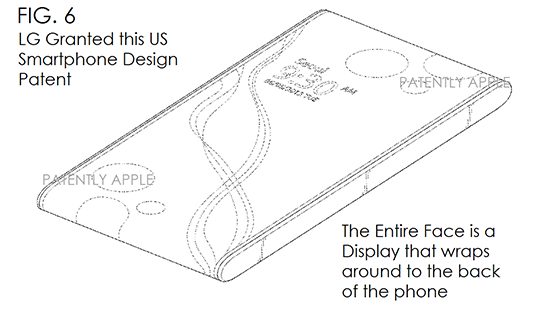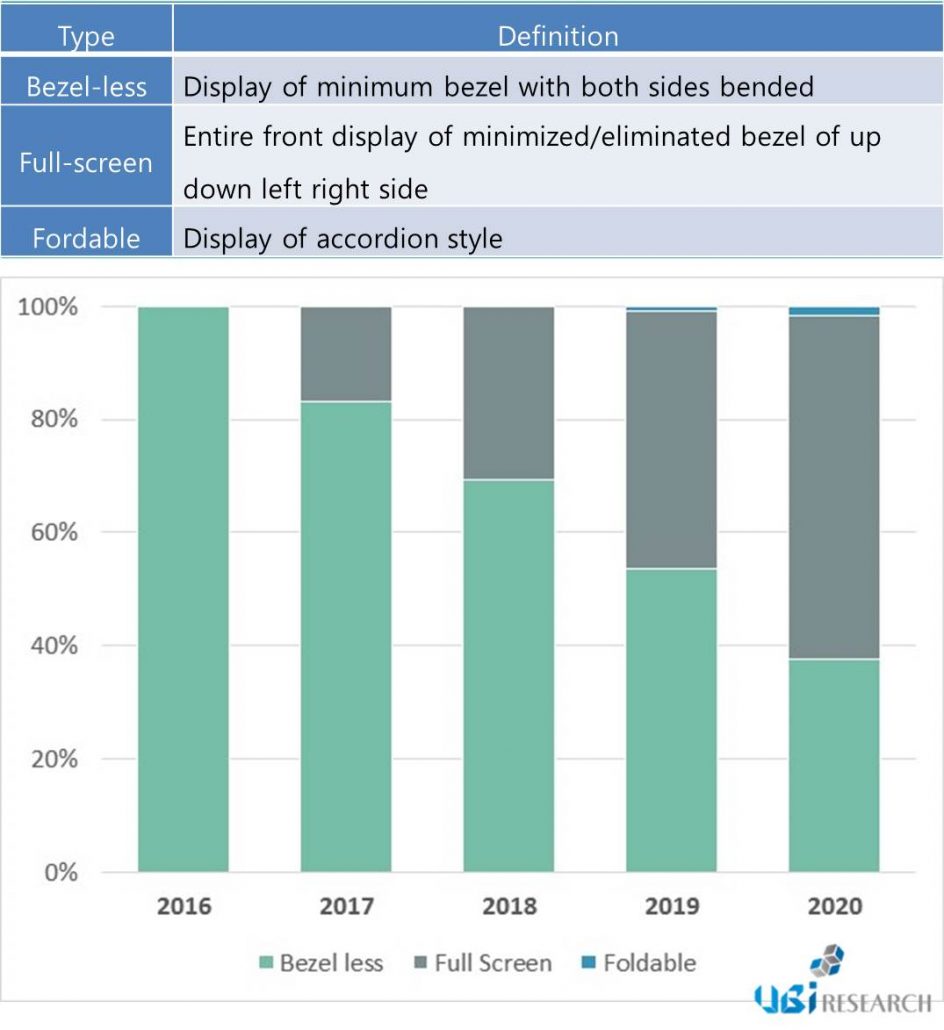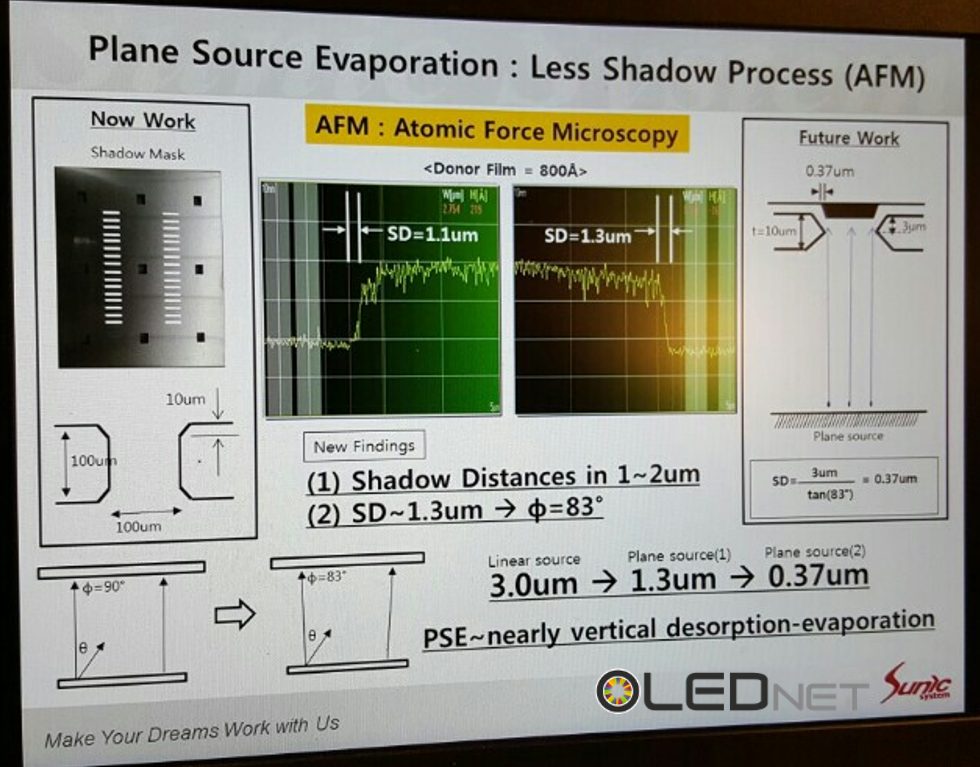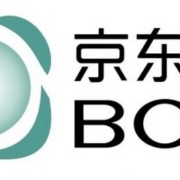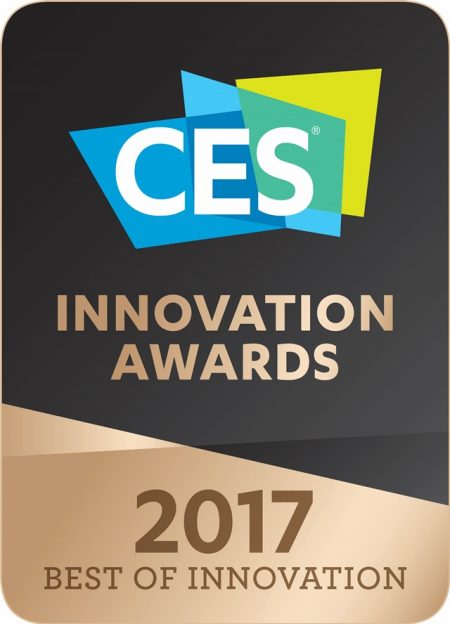
The Consumer Technology Association (CTA)(TM) is recognizing LG Electronics (LG) for groundbreaking innovations in technology and design with 21 CES 2017 Innovation Awards – led by key awards for the ultra-premium LG SIGNATURE product portfolio.
This marks the fifth consecutive year that LG OLED TVs and flagship smartphones have received CES Innovation Awards, the official industry recognition for the most innovative products introduced at the annual consumer technology show known as CES®. LG SIGNATURE OLED TV earned top industry honors in video displays with the “CES Best of Innovations Award” for the second consecutive year.
LG earned CES 2017 Innovation Awards in 11 highly competitive categories: Home Appliances, Home Audio & Video Components, Wireless Handsets, Wireless Accessories, Video Displays, Smart Home, Headphones, Tech for a Better World, Eco-Design/ Sustainable Technologies, Portable Media Players and Computer Peripherals. The award-winning products will be exhibited at the 50th anniversary CES 2017 in Las Vegas, Jan. 5-8, 2017.
Leading the company’s CES 2017 Innovation Award winners are LG SIGNATURE brand products, with TVs, washing machines and dishwashers all receiving accolades. LG SIGNATURE combines the best of LG’s cutting-edge technology and world-class design with exquisite attention to detail for today’s most discerning consumers.
The next-generation LG SIGNATURE OLED TV receiving the Best of Innovations Award will be unveiled at CES 2017. Also receiving coveted CES 2017 Innovation Awards are the LG SIGNATURE TWINWash™ front-load washer and dryer pair– which includes the LG SideKick™ pedestal washer to wash two loads at the same time– and a sleek new LG SIGNATURE dishwasher to be introduced at CES 2017.
“These honors recognize LG’s commitment to Innovation for a Better Life, and we’re proud to continue LG’s tradition of excellence in the CES Innovation Awards program,” said William Cho, president and CEO of LG Electronics USA. “In January, we will share much more about our 2017 plans – as LG breaks new ground with our revolutionary OLED TVs, rethinks efficiency and interaction with modern home appliances and raises the multimedia experience with our smartphones.”
In addition to the award-winning LG SIGNATURE innovations, other LG products earning CES 2017 Innovation Awards include the multimedia-pioneering LG V20™ smartphone and the revolutionary LG InstaView™ Door-in-Door® refrigerator in the popular new Black Stainless Steel finish.
The new LG InstaView Refrigerator propels LG’s award-winning Door-in-Door feature to the next level. The InstaView feature – a sleek glass panel that illuminates and turns the opaque Door-in-Door compartment transparent with two simple knocks – enables users to see inside without letting the cool air out. The ColdSaver™ Panel, a barrier between the interior compartment and the rest of the refrigerator, keeps food fresh by reducing cold air loss, while the versatile CustomChill® drawer offers four temperature settings, each best-suited to store a variety of food and beverage items. With LG’s Black Stainless Steel finish, which elevates the traditional stainless look with a sophisticated, warm and smudge-resistant finish, ENERGY STAR®-qualified model LMXS30796D marries innovation and distinctive design.
The new LG V20 smartphone, recognized with the 2017 CES Innovation Award in the wireless handsets category, is designed for storytellers, boasting best in class features including Steady Record 2.0, Hi-Fi Quad DAC, HD Audio Recorder, an improved Second Screen and front and rear wide-angle lens cameras to deliver incredible performance. The LG V20’s lifelike audio experience and premium, durable design help make it the best mobile choice for consumers seeking award-winning gifts this holiday.
Sponsored by CTA and endorsed by the Industrial Designers Society of America, CES Innovation Awards highlight product advancements across technology design and engineering. The awards are selected annually by a panel of esteemed industry designers, engineers and journalists who judge submissions on a variety of criteria, which span user value, aesthetics, innovative design, quality and contributions to quality of life.
The full list of LG’s 2017 CES Innovation Awards will be announced in conjunction with LG’s CES press conference at 8 a.m. PST on Jan. 4, 2017 at the Mandalay Bay Resort in Las Vegas. Since the LG brand’s official U.S. launch in 2004, LG has been honored with 190 CES Innovation Awards.
